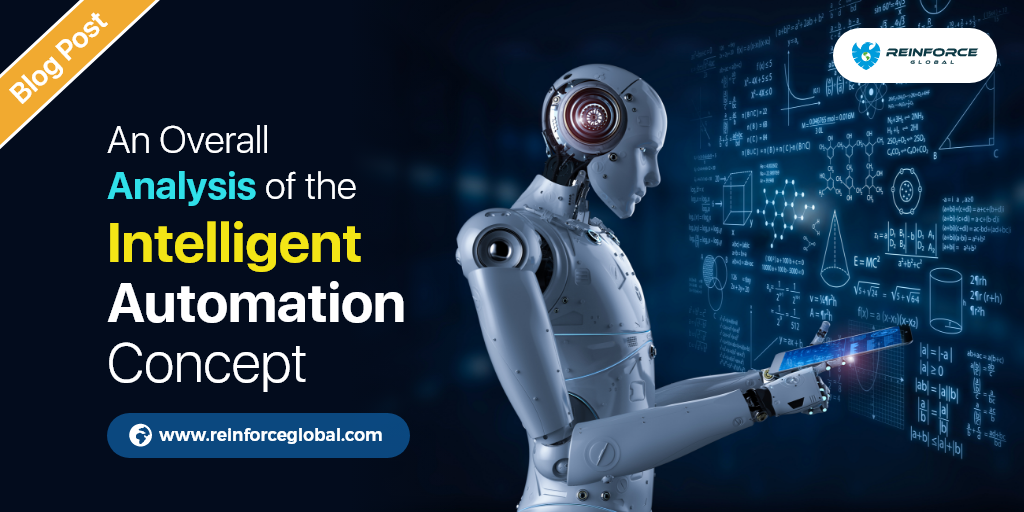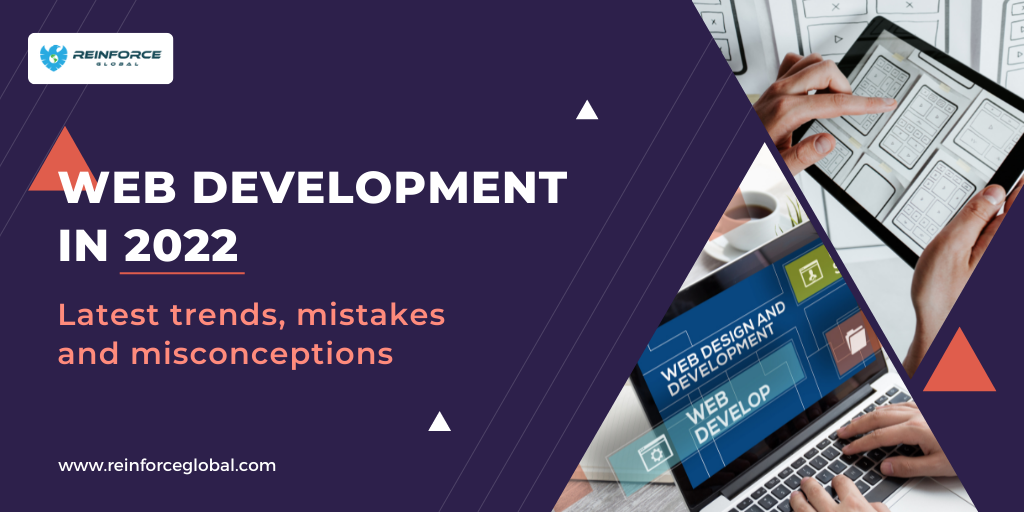Today, the word that all businesses exaggerate is digital transformation. Though most of them actually comprehend its literal meaning, many are still perplexed about what it is and where to start. And in a way, they are right, as there is a lot to take care of if you want to move with the fast-moving digitized world.
This is where IA or Intelligent Automation comes in. Digital transformation requires the use of various state-of-the-art technologies, and rather than focusing on each of them individually, IA enables you to focus on all of them together.
So, what is intelligent automation, what are its benefits, and what are its applications? All of these questions will be answered by the end of this article.
What is Intelligent Automation?
IA, or Intelligent Automation, is an excellent blend of AI, RPA, and BPM technologies to streamline and automate business operations. In addition, these technologies can be used in sync with each other to analyze data and make decisions based on that.
Here are some examples to understand what IA is.
Example 1: An automotive manufacturer can use demand and supply data to gather valuable insights and control production speed. The automotive industry uses RPA or robotic process automation technology that reduces human intervention and errors. Thus, allowing you to produce better, high-quality products.
Example 2: An insurance provider can use technologies like AI, NLP, and chatbots for effective claim processing. As claim processing requires a lot of paperwork, chatbots backed by AI and NLP can allow users to submit claims with pictures. In addition, they can further classify the claim documents and also detect fraudulent claims, if any, made by the users.
Intelligent automation can be a savior of the insurance industry as 41% of customers are likely to change their vendor as they do not provide digital capabilities.
So, this is the meaning of intelligent automation.
What are the various critical elements of Intelligent Automation?
As intelligent automation requires quick decisions based on faster data analysis, various critical technologies can streamline these operations. Here are some key technologies forming the pillars of intelligent automation.
AI (Artificial Intelligence)
Artificial intelligence is the technology of tomorrow. Unlike every other technology, AI has greatly impacted every other sector to its core. Basically, wherever there is data generated in huge volumes and needs to be used insightfully, AI plays a key role.
In the case of intelligent automation, AI can be used to capture both structured and unstructured data and form a database for analysis. This knowledge base of past and current data can be compared and analyzed to draw valuable conclusions. Moreover, AI comes with various technologies that can be applied to data of different types.
One can leverage the power of NLP, deep learning, machine learning, big data, visual recognition, and other technologies to analyze data and make insightful decisions. AI is the brain of intelligent automation.
RPA (Robotic Process Automation)
Ok, just like its name, RPA is an interesting part of intelligent automation. Basically, an RPA is a software robot that runs on a machine. The use of robotic process automation depends on the type of application.
However, it is commonly used for repetitive tasks such as entering data in the forms, updating inventory ledgers, etc. The key thing in an RPA is that one has to program it in the way one wants. RPA aims to eliminate the need for human intervention and boost process speed by automating mundane, back-office tasks.
When coupled with AI, RPA can be used to perform more complex tasks.
BPM (Business Process Management)
Business process management or business workflow automation ropes in people, data, and systems. The collective use of well-formatted data by people of the organization is what BPM does.
It helps to automate the whole business workflow to allow better agility and consistency. By considering and allowing the required human intervention, BPM makes the data management and decision-making process easier. In addition, it can help in action control, reporting systems, and storage.
These are some of the key pillars of Intelligent Automation. However, IA is not limited to this. There are other technologies, too, such as computer vision, process mining, etc., that empower IA.
What are the benefits of Intelligent Automation?
As the IA concept is backed by some of the most powerful technologies of the 21st century, it is surefire to provide remarkable benefits!
- Better ROI for businesses: Intelligent automation is empowered by AI that can undertake complex data calculations at a remarkable pace. Hence, businesses like telecom and manufacturing can easily enhance customer experience by timely diagnosing the problem and fixing it (predictive maintenance). Better customer experience boosts company ROI.
- Faster time to market: With intelligent automation, firms like Automotives can plan their production before time to ensure the timely delivery of products. As every process is automated, you will take less time to launch the product in the market.
- Improves customer experience: Intelligent automation involves no human intervention, ensuring zero chance of error. With zero errors, the quality of the product will be top-notch, ensuring enhanced user experience. On top of all, with IA, you can also resolve user queries quickly.
- Regulation and Compliance: As businesses need to adhere to various industry regulations and compliance requirements, IA can easily take care of it with task automation features.
Discuss the Applications of Intelligent Automation!
Due to the comprehensive and advanced set of features and benefits, IA can be leveraged by various industries.
Insurance
Automated and faster data processing backed by AI, ML, and OCR in IA can be used to process claims faster. The swift actions can also be helpful in spotting fraudulent claims, if any.
Healthcare: IA can also be used to capture patient health data and analyze it to provide faster treatment. Moreover, online chatbots can be used to provide help to people in remote areas.
Automotive: The automotive sector can benefit a lot from IA. The data fetched from the dealers can be studied to adjust the production line’s working to meet targets. Other than that, as fewer humans intervene in the workflow, the chances of errors are negligible and better output. Here is an example!
Conclusion
Intelligent Automation is in its growing phases now. Once it becomes strong-footed, it can be used in collaboration with other technologies like IoT to deliver better output to business owners. Its horizon can extend way beyond the mentioned application areas. Brands like Volkwagen and IBM are already leveraging the power of IA to improve their operations.
To know more visit Reinforceglobal .

